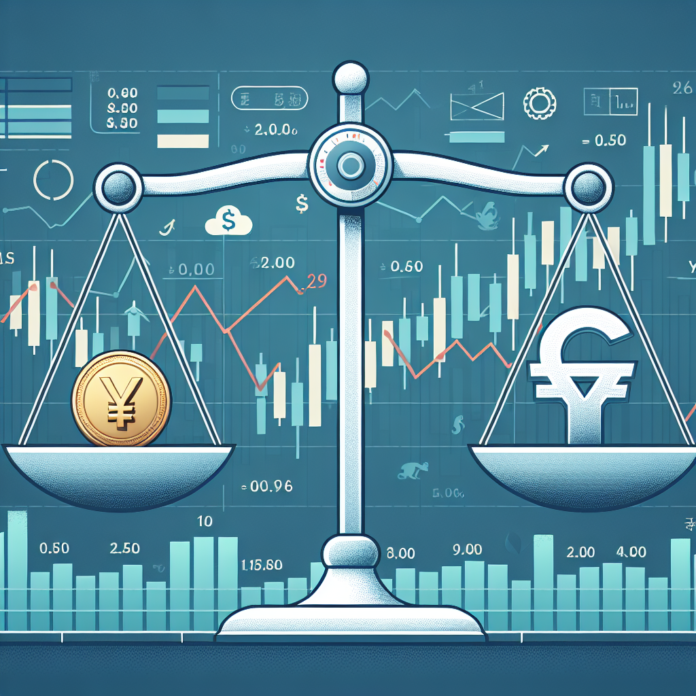Impact of US Interest Rates on Emerging Economies and Asian Currencies
In a recent report, the Bank for International Settlements (BIS) highlighted the potential global economic impacts of prolonged high interest rates in the United States. The BIS, often referred to as the world’s “bank for central banks,” pointed out that these high rates could introduce uncertainty for emerging economies by affecting Asian currencies and capital flows.
The report underscored the divergence between the US Federal Reserve’s policies and those of other central banks, raising concerns about the broader implications for financial markets and capital movements. Zhang Tao, the BIS chief representative for Asia and the Pacific, noted that while central banks have been effective in managing inflation, ongoing high interest rates and a strong US dollar could present challenges.
Zhang emphasized the improved fundamentals of emerging economies since the 1997 Asian financial crisis, thanks to more flexible inflation targeting and foreign exchange rates. However, he cautioned that prolonged periods of high or low interest rates could expose policy limitations and side effects, questioning the long-term efficacy of these measures.
The report also discussed the impact of US rate policies on Asian economies, noting significant stress on currencies like the Chinese yuan, which has experienced substantial capital outflows. China’s post-COVID recovery has been uneven, with weak consumer confidence and a struggling property sector.
The BIS highlighted that the yuan’s depreciation has boosted China’s export competitiveness but also contributed to lower global import prices. This effect has been particularly notable in countries heavily reliant on Chinese imports, such as Australia, Brazil, and India, potentially lowering their inflation rates.
Overall, the BIS report calls attention to the complex interplay between US monetary policy and emerging economies, urging careful consideration of the broader economic implications.


